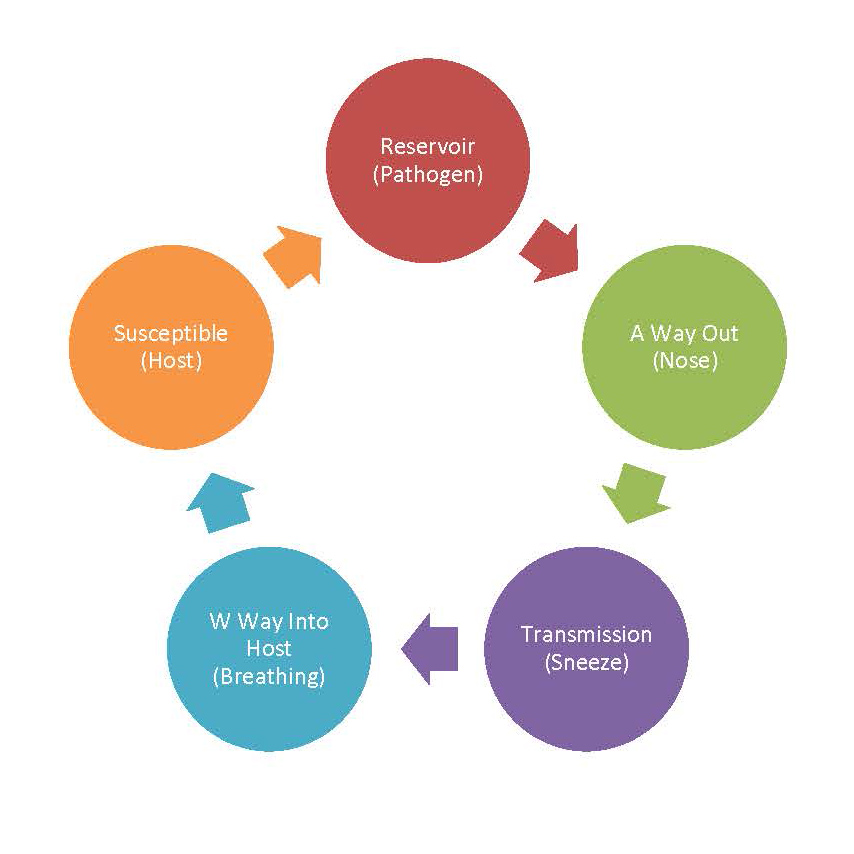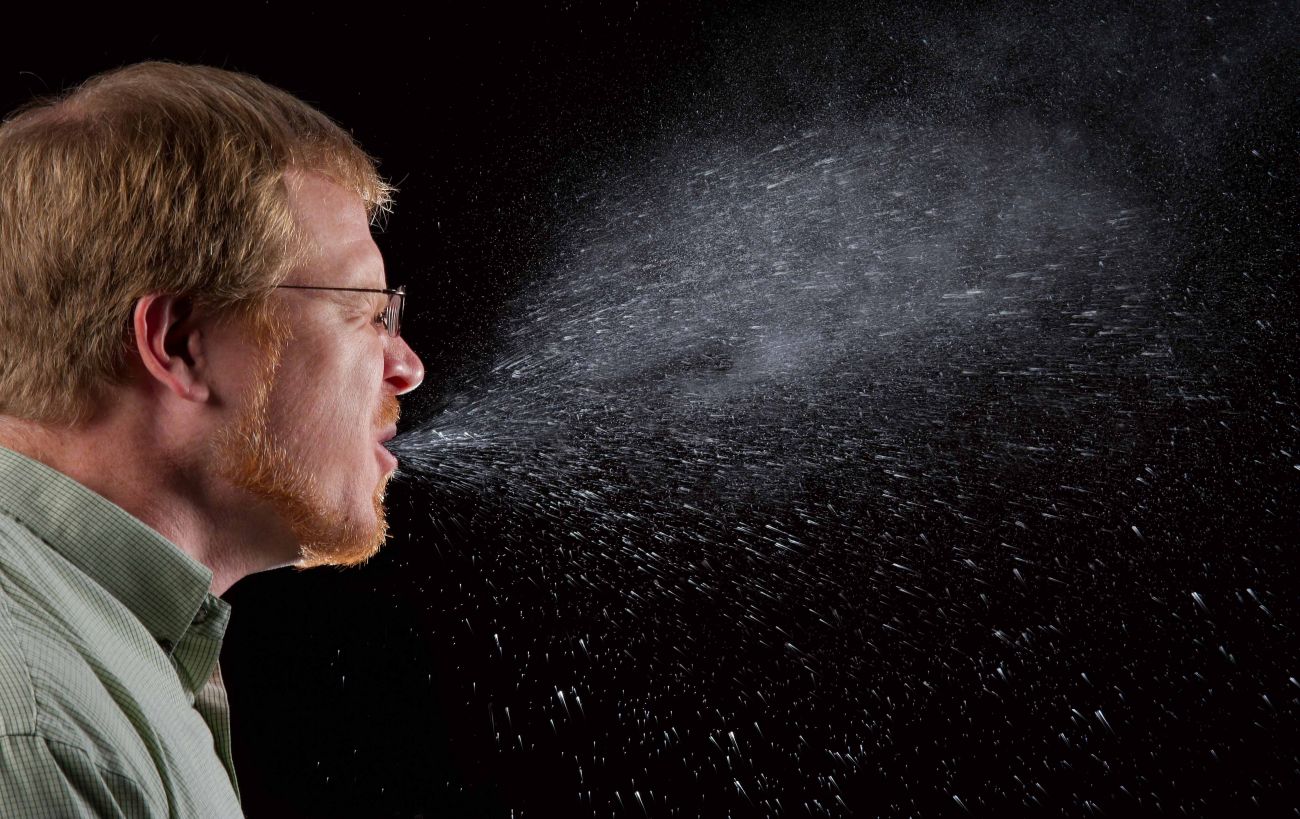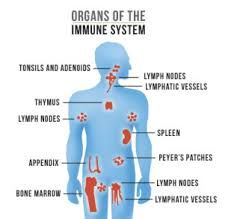This is the first of two articles about how your immune system works.
Your immune system fights off infection and disease. It has a number of ways to detect and destroy anything it recognizes as foreign to your body, including bacteria, viruses, fungi, parasites or unhealthy cells such as cancer cells. In some people, the immune system goes into overdrive, causing the body to see its own cells as foreign and attack them. This leads to what we call autoimmune diseases, such as Crohn’s disease, rheumatoid arthritis and lupus.
But if your immune system is supposed to protect you, why do you still get sick? And how do vaccines fit into the picture? Let’s begin with the roles of the lymphatic and immune systems.
The lymphatic system is made up of your tonsils, lymph nodes, lymph vessels, thymus gland and bone marrow. It is a vast network of vessels that collect excess fluids — and some fats — from tissues throughout your body, and then return them to your bloodstream. The lymphatic and the immune systems are closely related. If you look at the picture of the immune system to the right, you’ll see all the parts of the lymphatic system listed. What is the connection?
Many of the disease-fighting cells of the immune system:
- Begin in the bone marrow.
- Mature in the thymus.
- Are stored in strategic locations. (Tonsils and adenoids guard the throat and lungs, and Peyer Patches guard the digestive system.)
- Use the lymphatic “highway” system to travel through the body, and —along with the lymph nodes and spleen — filter out harmful materials and germs.
An immune response occurs when the immune system is activated and responds. This can occur when a foreign invader is detected.
The Starting Lineup
One of the most important types of cells in the lymphatic and immune systems is the white blood cell. White blood cells are superstars. They include:
- Natural killer cells (NK), which go after tumor cells and viruses and insert a protein into the cells that destroys them.
- T cells, which destroy foreign or damaged cells. The helper T cells plan the attack and the killer T cells carry it out.
- B cells, which create antibodies. Antibodies are specific to one antigen (a toxin or foreign substance). They attach to that antigen like a key in a lock. The B cells that create the antibodies “remember.” If an antigen enters your body and your B cells recognize it, either from having had the disease before or from being vaccinated against it, your B cells increase production of the appropriate antibody. When the antibody binds to the antigen, it is a signal for other cells and molecules of the immune system to come and destroy the antigen.
Bone marrow, the spongy inside of most of your bones, is where your blood cells are made. Immature blood cells, called stem cells, can grow into different types of cells, including blood cells. When mature, most blood cells leave the bone marrow and move into your blood or lymph system.
The immune system consists of more than just the lymphatic system. Your skin and mucus membranes act as the first line of defense. Skin presents a physical barrier. The mucus membranes that line your natural openings, such as your mouth, nose and anus, make and release substances that create a hostile environment for the invaders and/or attack and destroy the invaders directly.
Vaccines work with your body’s natural defenses to create immunity to a specific disease. Long ago, people realized that survivors of a disease didn’t get that disease again. A British doctor is often credited with the first vaccine (for smallpox) in the 1790s, but a Chinese emperor who was a smallpox survivor himself started an inoculation program against the disease in the mid-1600s.
Activating Your Immune System Against Cancer
Now that you've learned a little bit about your immune system, find out how it's used to fight cancer.
How We Get Sick: A Recipe for Illness (Thanks a Lot, Fred!)

- You and Fred are in the car, and Fred has the flu. (The flu virus is a pathogen, or disease-causing germ; Fred is the reservoir where the virus lives.)
- The flu germs need three things: a way to get out of the reservoir (Fred), a mode of transportation to a new home, and a way to get into their new home (you). Fred sneezes, ejecting the flu germs. The virus particles fly out of his mouth and into the air in the car, and you (the host) breathe them in.
- Will you get sick? You (the host) must be susceptible. Whether or not you get Fred’s flu depends on the health of your own immune system and the strength and quantity of the virus that inconsiderate Fred spewed into the air.
When we talk about susceptibility, we are asking, “How strong is your immune system?” We all know someone who gets any cold or flu that is going around, and someone else who never gets sick. Washing your hands is one very important way protect yourself and reduce your susceptibility, by cutting down on the number of pathogens you bring to your body’s entry points (eyes, nose, mouth, etc.).
And stop riding around with Fred.
Part 2 of this article explains how cancer cells turn off the immune response and how immunotherapy seeks to turn it back on.



